02 Aug
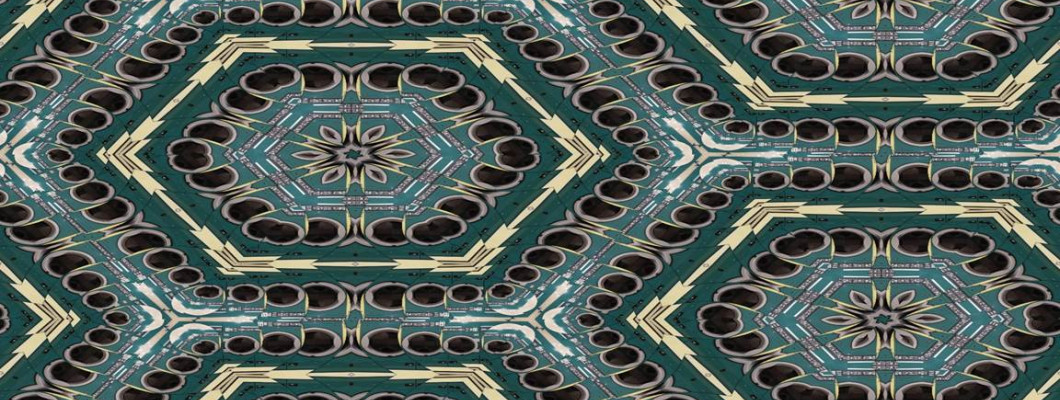

Hedebo Embroidery also makes the list when it comes to the forms of whitework embroidery. Hedebo Embroidery emerged from the heathland region of Zealand in Denmark. Since its origin, this form of embroidery has constantly evolved. Hedebo is also a form of needle lace; a farming community woman in the area of Zealand originated it. In the old times, the men’s shirts and women’s clothes including towels, pillows got mainly crafted and decorated in the hedebo style. Hedebo style was also implemented on Bride’s trousseau.
History of Hedebo Embroidery: The rise and The fall
Just like the other types of embroidery, the Hedebo Embroidery has evolved and developed over the years. Hedebo Embroidery went through three phases; the farmers’ culture, the upper-middle class, and then, later folk dancers, artists preserved this beautiful artistry. Hedebo Embroidery saw its rise in the 19th Century in Denmark. Copenhagen families started to give attention to this kind of embroidery. They would go on and buy items for decorating their homes. It was the upper-middle-class families that began to take this into account. By the 20th Century, Hedebo Embroidery had unfolded more – it also became trendy for the educated Copenhagen women to sew hedebo embroidery all by themselves. When Hedebo Embroidery got outdated by the more modernized form of this embroidery, the countrymen sold their embroidery for reasonable rates in Copenhagen. Many embroidered items are still there with some of the families because many of the items were passed down by their ancestors.
Classification:
As stated above, Hedebo Embroidery went through phases – from being embroidered by farming women to being stitched by embroidery experts living in more polished and wealthy areas of Copenhagen. Here we are going to discuss the six distinct classifications of Hedebo Embroidery.
- Counted Thread work:
It is a traditional style throughout Europe, and especially in Denmark. In this style, the quantity of finely stitched hedebo articles is high. This style is used for bed linen, handkerchiefs, and shirts. The designs printed are simple as they rest on triangles, animals, trees, and human figures.
- Drawn thread work:
Drawn thread work is another variant of Whitework Embroidery, it instigated in the mid of 18th Century. This form of embroidery follows the length and intersections of the textile. In this embroidery, a white thread gets outlined across the width of the linen before figures are sewn in, and the threads that remain unused are decorated in designs with buttonhole stitches.
- Hedebo needle lace:
Hedebo needle lace includes button stitch and scallop stitch – this type is the freestyle combination of embroidered lace techniques and cutwork. In the Hedebo needle lace technique, the patterns are either filled with points, curves, wheels, rings, or sometimes leaves. It was used for collars, costumes, and small clothes.
- Baldyring:
Baldyring is based on reticella needlework. In the past, Baldyring was used for making pillows, women’s shifts, towels, sheets, and men’s shirts. Baldyring combines the techniques of drawn thread and counted thread. By the end of the 19th Century, its use came to an end. It became quite popular again among urban women till 1920.
- Hvidsøm:
It is a whitework technique, and it combines cutwork and drawn thread techniques. Hvidsøm was used for the making of household and clothing items. Also, middle-class women used to use it for making tea cosies and table cloths. Around the main motif, it comprises two rows of chain stitches.
- Square Cutwork:
In this one, from the ground materials – the shape squares get cut out so it may leave some threads between the shape square, then a darning stitch gets used to fill them in that may create the patterns of animals, plants, tree, etc. Square cutwork became obsolete after the end of the 19th Century.
Have Fun Sewing & Embroidering!

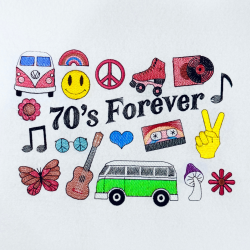
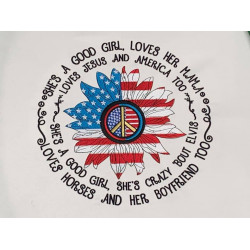
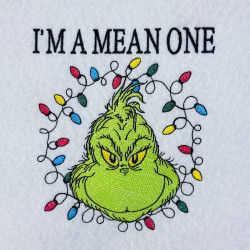
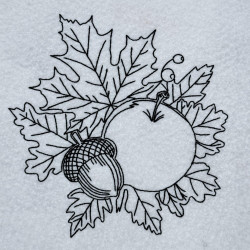
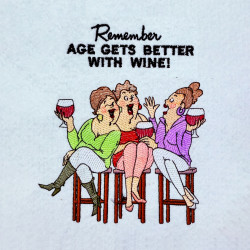
-250x250.png)
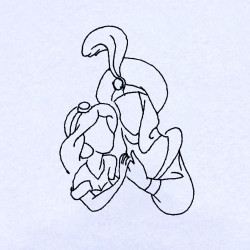

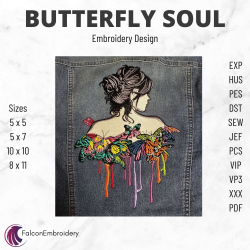
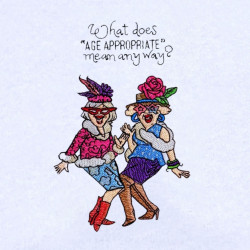
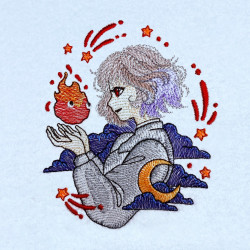
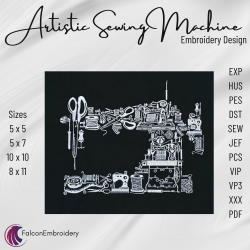
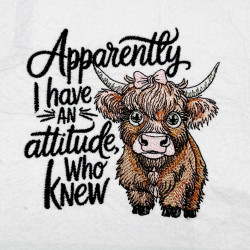


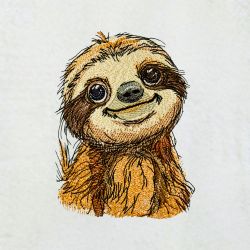
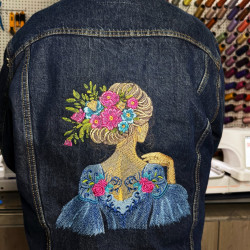
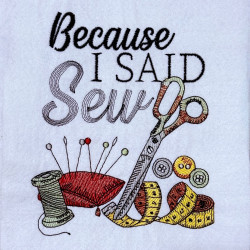
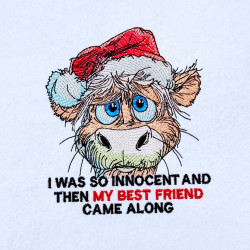
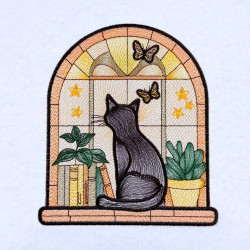
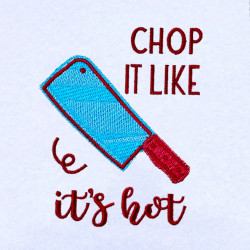
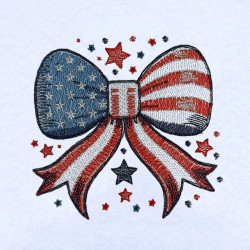
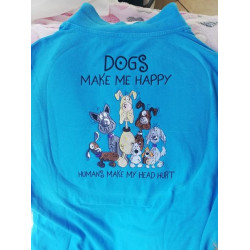
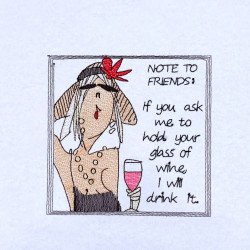
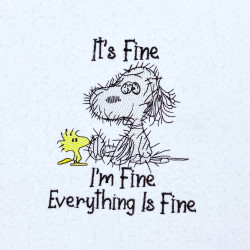
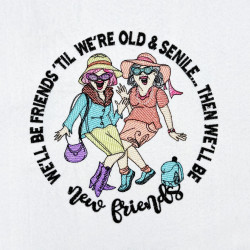

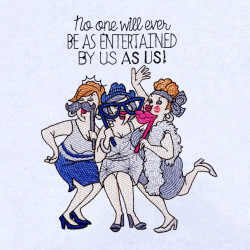


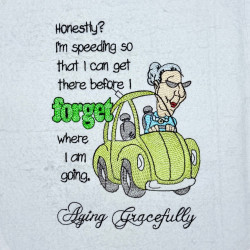
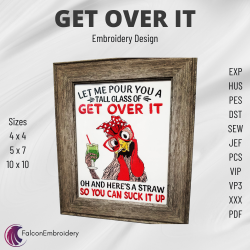
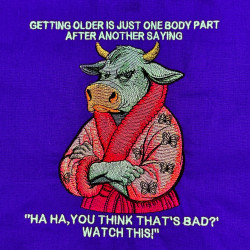
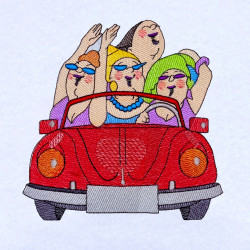
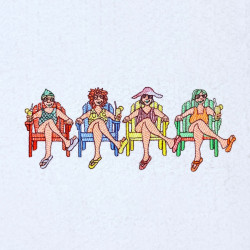

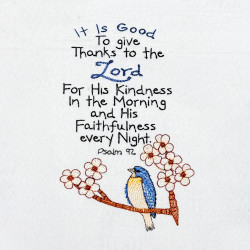

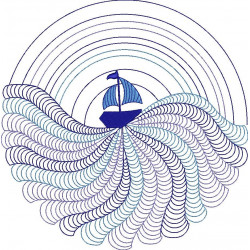
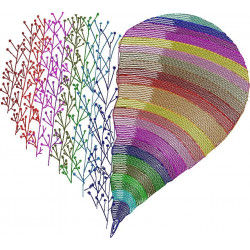

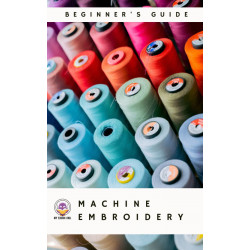

Leave a Comment